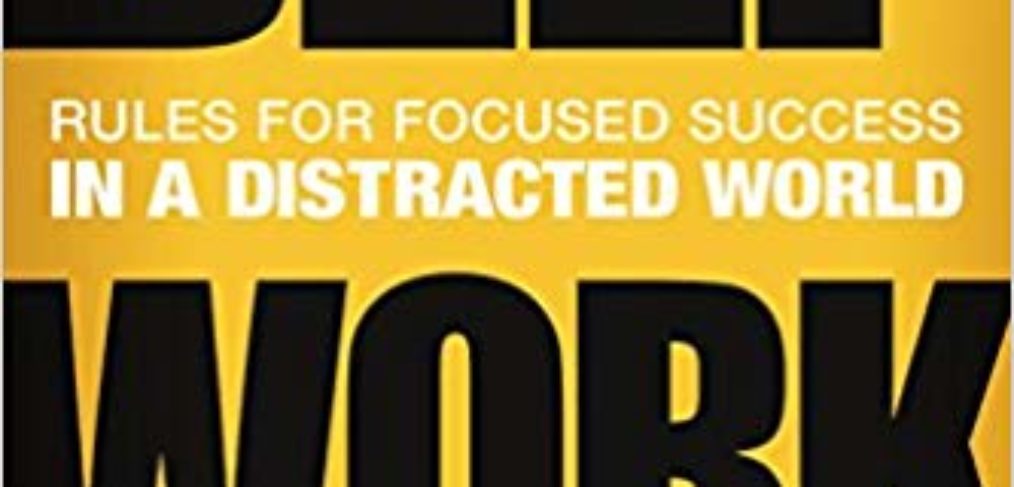The Anxious Generation
How the Great Rewiring of Childhood Is Causing an Epidemic of Mental Illness
By: Jonathan Haidt
An urgent and insightful investigation into the collapse in youth mental health, from the influential social psychologist and international bestselling author
Jonathan Haidt has spent his career speaking truth and wisdom in some of the most difficult spaces – communities polarized by politics and religion, campuses battling culture wars, and now the mental health emergency hitting teenagers today in many countries around the world.
In The Anxious Generation, Haidt shows how, between 2010 and 2015, childhood and adolescence got rewired. As teens traded in their flip phones for smartphones packed with social media apps, time online soared, including time spent comparing oneself to a vast pool of others. Time engaging face-to-face with friends and family plummeted, and so did mental health.
But this is not just a story about technology; this profound shift took place against a backdrop of declining childhood freedom and free-play, as parents over-supervised every aspect of their children’s lives offline, depriving them of the experiences they most need to become strong and self-governing adults.
In this book, Haidt makes a compelling argument that the loss of play-based childhood and its replacement with a phone-based childhood that is not suitable for human development is the source of increased mental distress among teenagers. The Anxious Generation delves into the latest psychological and biological research to show the four fundamental ways in which a phone-based childhood disrupts development – sleep deprivation, social deprivation, cognitive fragmentation and addiction. Haidt offers separate in-depth analyses of what has happened to girls, and what has happened to boys, offering practical advice for parents, schools, governments, and teens themselves. Drawing on ancient wisdom and cutting-edge research, this eye-opening book is a life raft and a powerful call-to-arms.
About the Author
Jonathan Haidt is a social psychologist and the Thomas Cooley Professor of Ethical Leadership at New York University’s Stern School of Business. He is the author of The Righteous Mind and co-author of The Coddling of the American Mind.











